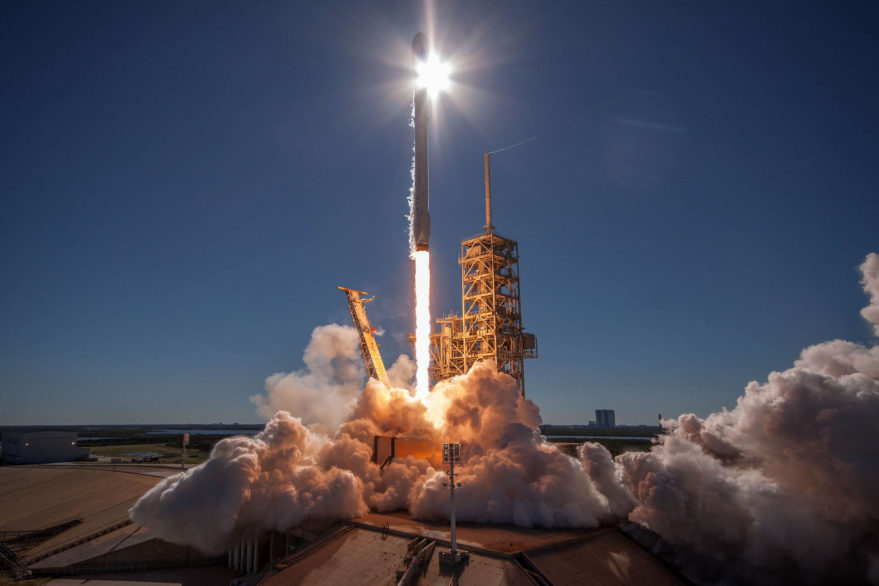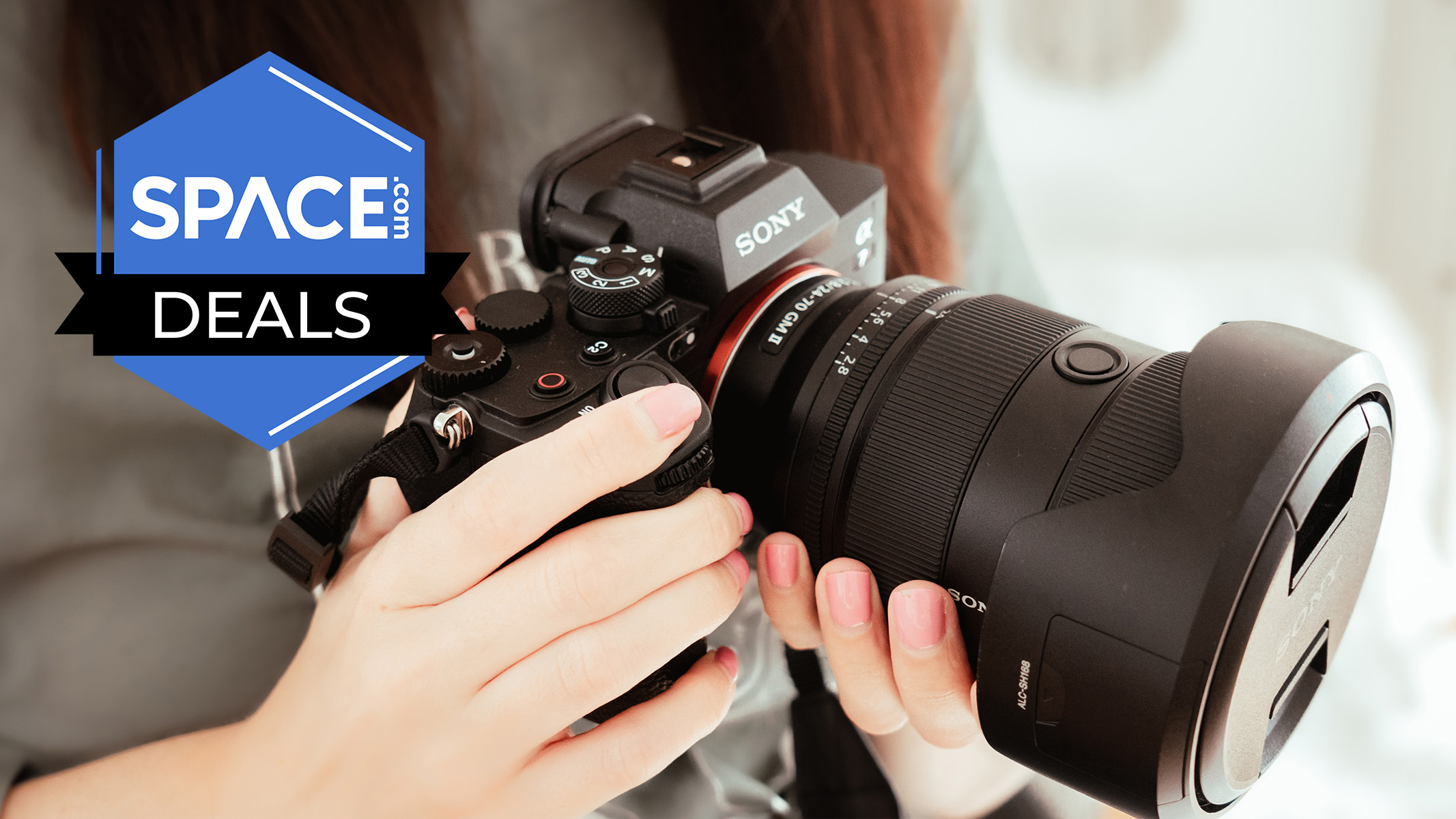SpaceX Aims to Follow a Banner Year With an Even Faster 2018 Launch Cadence

Updated at 5:14 p.m. Eastern with correct target launch date for BFR.
WASHINGTON — SpaceX, now on track to more than double its personal best for launches conducted in a single year, wants to further accelerate its launch pace in 2018 by perhaps 10 or more missions.
"We will increase our cadence next year about 50 percent," Gwynne Shotwell, SpaceX president and COO, told SpaceNews in an interview last week. "We'll fly more next year than this year, knock on wood, and I think we will probably level out at about that rate, 30 to 40 per year.”
With 16 launches completed and three to four remaining by year's end, SpaceX is tracking to perform around 20 launches this year. Remaining 2017 missions include the mystery Zuma payload, NASA's Commercial Resupply Services-13 mission, a launch of 10 Iridium Next satellites, and potentially Falcon Heavy's long-awaited debut. [SpaceX's Falcon Heavy Rocket in Pictures]
Shotwell said the demand coming from the satellite telecommunications market for missions to geostationary transfer orbit (GTO) will weigh heavily on SpaceX's ultimate launch rate next year.
"It really depends on the telecom market for what the rate is going to be," she said. "We have seen a dip in GTO missions. I don't know whether that is a temporary dip or more permanent."
Commercial satellite operator purchases of large, geostationary satellites were low the past two years, and even lower this year. To date, just eight have been ordered in 2017, well below the 20 to 25 the industry previously considered normal. Some operators are buying smaller non-geosynchronous satellites instead of traditional geostationary spacecraft.
Breaking space news, the latest updates on rocket launches, skywatching events and more!
Shotwell said those launch projections don't include SpaceX's own satellites, which a company executive told Congress Oct. 25 would begin launching "within the next few months." She said SpaceX has estimates for how many missions will be required to launch its own constellation of 4,425 satellites, but declined to give further details.
Block 5 and Falcon Heavy
SpaceX is working on the final design spin of the Falcon 9 rocket, the "Block 5," featuring upgrades largely driven by requests from NASA for commercial crew missions and the U.S. military for national security missions awarded under its Evolved Expendable Launch Vehicle, or EELV, program. The Block 5 iteration has four goals, Shotwell said — meeting civil and defense requirements, increasing lift capability, simplifying manufacturability, and rapid reusability.
"We should ship the first Block 5 this year," she said. "We are going to spend some time in Texas testing it, [then] it should fly in late Q1."
Block 5 engines will reach 190,000 pound-force (lbf) of thrust at sea level, up from the current Merlin 1D's 176,000 lbf at sea level. A Block 5 engine that experienced a test mishap Nov. 4 didn't explode, she said, but did result in a fire. She said SpaceX is still working on the investigation.
Shotwell said the Block 5 Falcon 9 should be able to refly "10 or more times" with limited refurbishment. The Falcon Heavy will also use Block 5 cores, she said, with the exception of the first mission.
Shotwell said SpaceX is in the process of gaining Air Force certification for the Block 5 and for the Falcon Heavy. That process requires three flights before carrying an EELV payload, which SpaceX will do, though Shotwell added that the company will be able to compete for EELV missions with Falcon Heavy before completing those required flights. She declined to confirm the Falcon Heavy's inaugural launch date, saying only that SpaceX is aiming for December, though it could slip to January.
Bracing for BFR
SpaceX plans to supersede the Falcon 9 and Falcon Heavy with the Big Falcon Rocket, or BFR, which is slated to debut in 2022. What SpaceX won't do is shove customers that are comfortable with the existing Falcon family onto BFR, Shotwell said.
"We are going to fly Falcon 9 and Falcon Heavy as long as our customers want us to be flying those. We will be flying BFR at the same time and we anticipate that given both stages are reusable, that the value proposition for BFR — even though it's a bigger vehicle — will be better for our customers. We do believe they will want to come over to BFR, but we will be flying Falcon 9s and Falcon Heavies until our customers are comfortable moving over," she said.
BFR is being designed for crewed and uncrewed missions, with satellite launches contributing to revenue for SpaceX's interplanetary aspirations. The reusable rocket features a new methane-oxygen engine called Raptor, and will use 31 such engines on its first stage, up from the Falcon 9's nine Merlin engines and the Falcon Heavy's 27 Merlin engines.
Shotwell estimated that around 50 percent of the work on BFR is focused on the Raptor engines. "We are making great progress with those," she said.
SpaceX has hinted at the possibility of Raptor engines debuting on the Falcon 9, but Shotwell said that is now less likely as the company freezes the Falcon 9 design.
Shotwell said SpaceX plans to attempt second stage recoveries from the existing Falcon family is less to reuse them, and more to learn about reusability in preparation for the BFR's second stage, the Big Falcon Spaceship, or BFS. That second stage, featuring six Raptor engines, will be designed for reusability from the beginning, she said.
This story was provided by SpaceNews, dedicated to covering all aspects of the space industry.
Caleb Henry is a senior analyst for Quilty Analytics and a former staff writer for the space industry publication SpaceNews. From 2016 to 2020, Caleb covered the global satellite industry for SpaceNews, chronicling everything from launches, spacecraft manufacturing and ground infrastructure. Caleb's work has also appeared in NewSpace Global and Access Intelligence. He earned a bachelor's degree in political science with a minor in astronomy from Grove City College.



